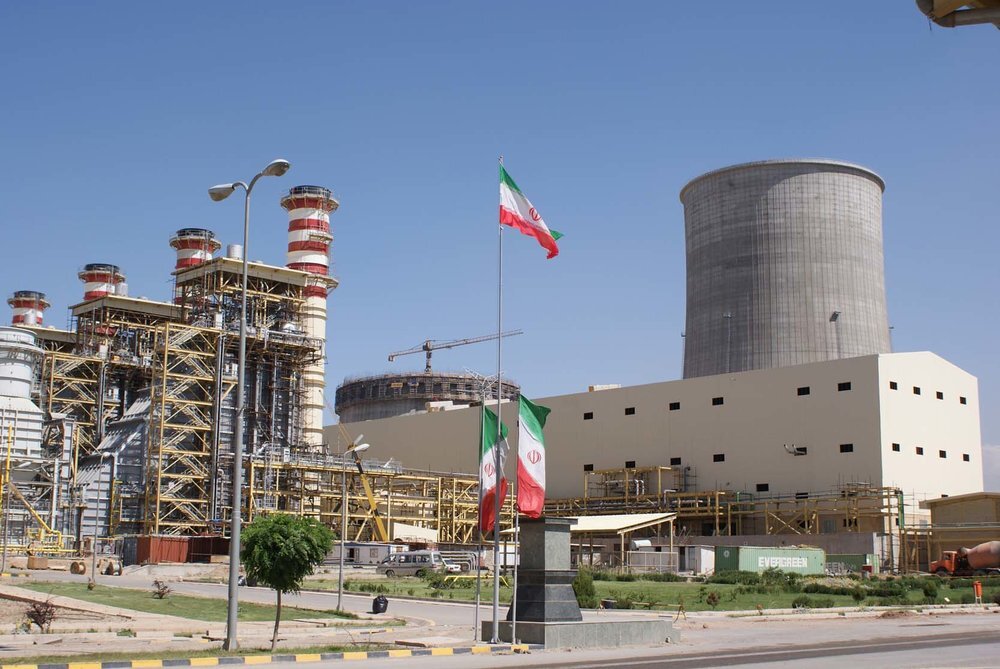Iran’s nominal power generation capacity rises 1.5% in H1

TEHRAN – The nominal capacity of Iran’s power plants reached 93,798 megawatts (MW) in the first six months of the current Iranian calendar year (March 20-September 21), 1406 MW or 1.5 percent more than the figure for the previous year’s same period.
As Tasnim News Agency reported, from the country’s total electricity generation capacity 16.9 percent is the share of thermal power plants, 26.3 percent is the share of gas power plants, combined cycle power plants account for 38.2 percent of the total figure, hydroelectric power plants account for 13 percent, nuclear power plants provide 1.1 percent, distributed generation power plants 2.8 percent, and finally renewable power plants account for 1.4 percent of the country’s power generation capacity.
According to the Energy Ministry’s latest data, the ministry plans to put new power plants with a total capacity of 3,928 MW into operation in the second half of the current Iranian year (ends in late March 2025).
Over the past decade, constant temperature rises and the significant decrease in rainfall across Iran have put the country in a difficult situation regarding electricity supply during peak consumption periods.
In this regard, the Energy Ministry has been following new programs to meet the country’s power demand during peak periods and to prevent outages.
Increasing the country’s power generation capacity and preventing blackouts during peak consumption periods have been among the Iranian Energy Ministry’s top priorities.
In August 2021, former Energy Minister Ali-Akbar Mehrabian announced that his ministry was planning to boost the country’s power generation capacity by 35,000 MW in four years.
The mentioned figure would be achieved through the construction of thermal power plants with 15,000 MW of capacity, and renewable power plants with a capacity of 10,000 MW by the public and private sectors, as well as the construction of new power plants with 10,000 MW capacity by large industries.
EF/MA
